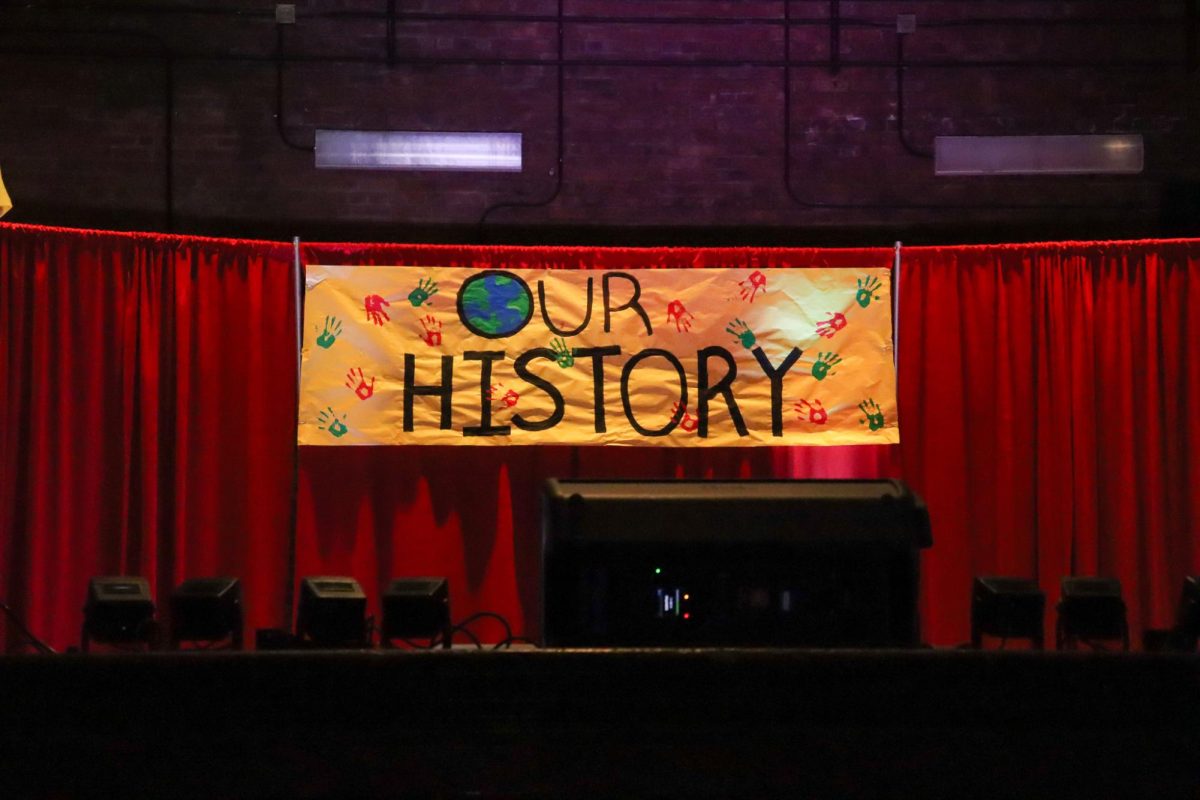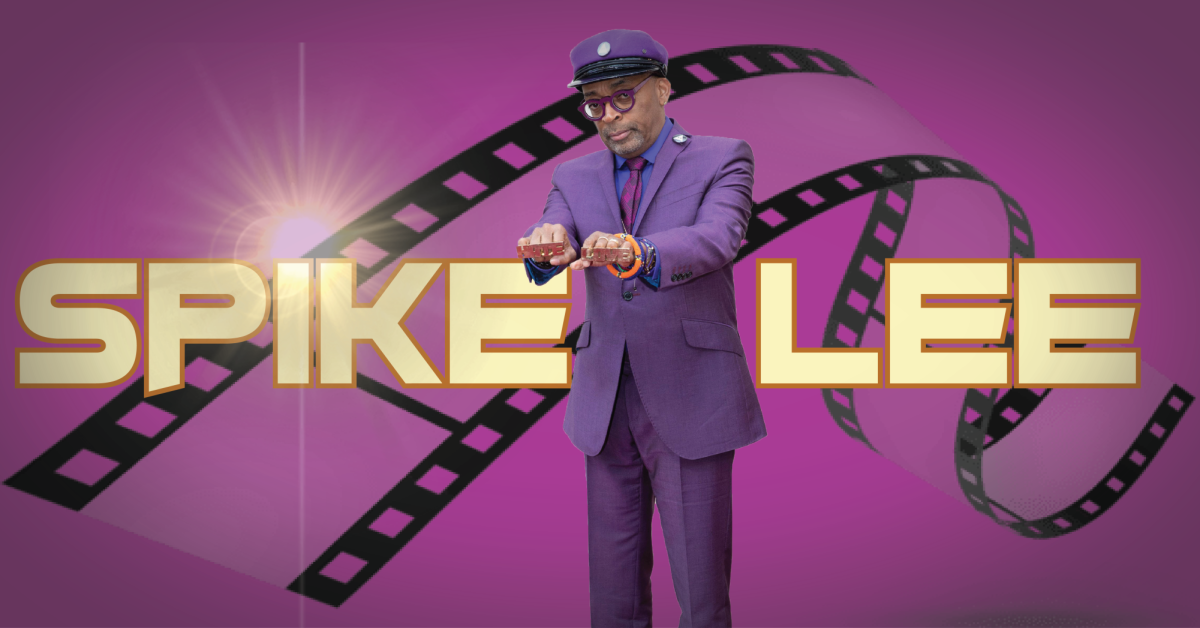Allen Allensworth was a Black Louisville native that devoted his life to service through military, education and the advancement of Black people in a pivotal time in American history. He pioneered education in the U.S. Army and worked to raise the standards of education across Kentucky. He also devoted himself to educating the Black population and granting them opportunity in an otherwise oppressive American south. As the first Black Lieutenant Colonel in American history, an influential pastor and an educational writer, Allensworth left behind an important legacy that can still be observed today.
Allensworth was born enslaved on April 7, 1842, in Louisville, Kentucky. The youngest of thirteen children born to enslaved parents, Allensworth witnessed five of his siblings being sold to cotton plantations in the Deep South. He learned to read illegally, and successfully escaped from his bondage in 1861, on the eve of the Civil War.
Not far from Louisville, Allensworth encountered the 44th Illinois Volunteer Infantry Regiment, a section of the anti-slavery Union Army, who invited him to take refuge in their camp. He joined the Hospital Corps as a civilian nursing aide, and soon, Allensworth was marching south and out of the city with the Union Army.
Allensworth continued traveling southbound with his regiment and took part in several notable battles in Tennessee, treating civilians who were impacted by the fighting. However, he was eventually forced to flee his regiment and re-enter civilian life in the North when the advancing Confederate army threatened to capture and re-enslave him.
On Jan. 1, 1863, President Abraham Lincoln issued the Emancipation Proclamation, which freed slaves in Confederate territory and confirmed that a Union victory would ensure the end of slavery in the United States. This sentiment led Allensworth to rejoin the Union’s armed forces, this time in the Navy. He took part in high-risk action on the Tennessee River near Paducah, destroying Confederate transport ships while under fire from snipers and gunboats.
Honorably discharged on April 4, 1865, in the final days of the Civil War, Allensworth returned to Louisville to obtain a formal education. Having experienced the lack of education enforced upon Black populations in the South, Allensworth felt inspired to counteract the effect of this in his home state. In the 1870s, he began teaching at Kentucky schools built for newly-emancipated enslaved people, determined to aid their advancement in the post-war years.
He is reported in his biography to have been a very effective teacher, knowledgeable and popular, whilst knowing how to enforce discipline from his time in the armed forces. While teaching, he studied theology, which complimented his charitable nature, and on April 9, 1871, Allensworth was ordained as a Baptist preacher. He was selected to teach subsequently larger and more important schools, gaining a favorable reputation across Kentucky. Because of his theological and educational experience, Allensworth was selected by the First District Baptist Association as a traveling minister to serve in southwestern Kentucky.
During his travels, the citizens of Franklin, Kentucky, reached out to Allensworth, requesting that he preach for them. Seeing that the city had no permanent place of worship, Allensworth spearheaded a movement to purchase land and construct a church for the city. He also organized a Baptist Sunday School, combining both of his occupations into a program that provided unique learning opportunities to the people of the city.
Allensworth would go on to serve as the financial agent of the General Association of the Colored Baptists in Kentucky, and went on to become a crucial founder of The State University. That college quickly evolved beyond its original theological scope, becoming one of the first institutions in which a Black person could obtain a college education in Kentucky. The university remains a prosperous historically Black college in 2024, now renamed the Simmons College of Kentucky.
Over the following 15 years, Allensworth would become one of Kentucky’s most prolific ministers, finding himself invited to preach at numerous important churches in Elizabethtown, Bowling Green and Louisville. He was known for building Sunday Schools at nearly every church he could give his time to, which allowed him to continue his passion for education and advance the social positions of Black people across the state. He was soon nicknamed “the Children’s Preacher” for his work in offering educational opportunities to Black children that would otherwise have none. By 1880, Allensworth was high in public esteem, and was a leading advisor and advocate for all Black people in the state of Kentucky.
“His sincere and frank manners, his perfectly square dealing and his high moral character added to his influence and power,” wrote Charles Alexander, the author of Allensworth’s biography, Battles and Victories of Allen Allensworth.
As such a respected public figure, Allensworth was chosen as Kentucky’s only Black delegate to national presidential nomination conventions in 1880 and 1884. At these conventions, Allensworth would get to know several famous politicians over time, including future President Theodore Roosevelt.
By 1886, at age 44, Allensworth was prolific enough across the nation for Congressmen to call for his appointment as a U.S. Army chaplain: a pastor who travels with the military and provides spiritual education and services. His popularity lent him support from both northern and southern Senators, and on April 30, 1886, Allensworth became one of the first Black chaplains in the U.S. Army.
As the foremost educational and spiritual leader of his assigned infantry unit, Allensworth continued his push to improve education levels wherever he went. He requested a newer and more extensive curriculum for the teaching of soldiers. Consistently requesting more class time, more teachers, and more learning materials, he managed to successfully raise the educational level of the soldiers he traveled with. Allensworth wrote Outline of Course of Study, which would become the U.S. Army standard curriculum for enlisted personnel. For his religious and educational successes, he was promoted several times, eventually becoming the first Black Lieutenant Colonel in the United States. When he retired from the U.S. Army in 1906 at age 64, he was the highest-ranking Black officer in the nation.
However, his retirement from the Army did not end his ambition. Disgusted by racial discrimination in America, Allensworth’s lifelong dream was to establish a self-sufficient Black community where citizens could live without fear of prejudice, and achieve “intellectual and industrial liberty.” He settled in California after his military service ended, meeting Professor William Payne, with whom he shared a common interest in starting an all-Black community.
“We propose to show that the Negro can hold his place in the industrial world and make proper use of higher education,” said Allensworth in an interview with the Delano Holograph.
The two purchased 800 acres of land and, in 1908, founded the city of Allensworth, California, which remains California’s only city founded entirely by Black citizens. The city would elect California’s first Black justice of the peace and would contain 160 residents by 1914.
“Here one is not overshadowed by white men and women in such overwhelming numbers that we see no beauty in ourselves. It is here that we can see ourselves as we are,” wrote Allensworth of his namesake town.
Tragically, Allen Allensworth was struck and killed by a vehicle while speaking publicly in 1914, ending a long life of public service and dedication to the advancement of Black people. Despite the loss of their town founder, the people of Allensworth’s namesake city resolved to continue his work.
“We pledge to live up to the ideals that were Colonel Allensworth’s. We will strive to make this community a glowing monument to his sacred memory and one that shall live throughout the ages,” the city said in a statement after Allensworth’s death.
Long before the formation of the National Association for the Advancement of Colored People (NAACP), Allensworth rose from the shackles of slavery to become a foremost Black advocate, educational expert and spiritual leader. Even though the odds were against Black men in the Jim Crow south, Allensworth’s strong morals and character allowed him to excel both in Kentucky and on the national stage, leaving a lasting legacy of courage and public service in America.
The following quote from Allensworth’s contemporary biography reflects upon his life.
“The battles of this man were hard battles; but the victories have been complete. Colonel Allen Allensworth is one of the heroes of his generation—a strong link in the chain which binds the strenuous present to a fast fading past.”














